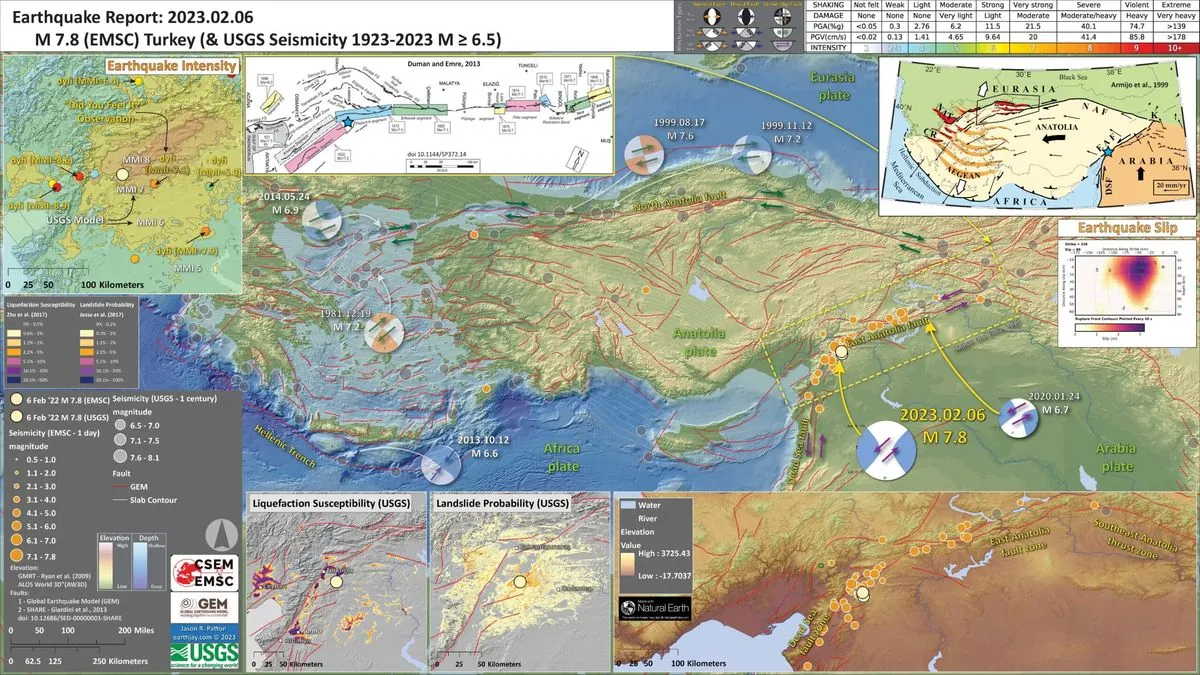On August 16, 2024, a seismic event of magnitude 4.8 occurred along the Jordan-Syria border, as reported by the German Research Centre for Geosciences (GFZ). This tremor, with an epicenter 10 km below the Earth's surface, was experienced by residents across Syria and Lebanon.
The earthquake's magnitude was initially reported as 5.2 but was subsequently revised downward. This adjustment is not uncommon in seismology, as data analysis becomes more refined over time. The Jordan-Syria border, spanning approximately 375 km, is part of the Arabian Plate tectonic boundary, making it susceptible to seismic activity.
Syria's National Earthquake Centre confirmed that the tremor was felt in Salamiyah, a city in western Syria with a rich historical background. Notably, this event follows a similar 4.8 magnitude earthquake that struck near Salamiyah on August 12, 2024, causing panic and dozens of injuries, though fortunately no fatalities were reported.
Earthquakes of this magnitude, ranging from 4 to 4.9 on the Richter scale, are classified as "light" and rarely cause significant damage. However, they can be widely felt, especially when occurring at relatively shallow depths. The Richter scale, developed in the 1930s, has been crucial in quantifying seismic events and communicating their potential impact.
The region encompassing Syria, Jordan, and Lebanon is part of the seismically active Levant area. This geological setting has led to several significant earthquakes throughout history, including a devastating event in 1202. The Dead Sea Transform fault system, which runs along the Jordan-Syria border, contributes to the area's seismic vulnerability.
Seismology, the scientific study of earthquakes, has made significant strides since becoming a formal discipline in the late 19th century. Modern seismological research, conducted by institutions like the GFZ, provides valuable insights into Earth's structure and helps in developing earthquake early warning systems.
While this recent earthquake serves as a reminder of the region's geological activity, it also highlights the importance of continued seismic monitoring and preparedness. As technology advances, the ability to accurately detect, measure, and respond to seismic events continues to improve, potentially saving lives and mitigating the impact of future earthquakes.
